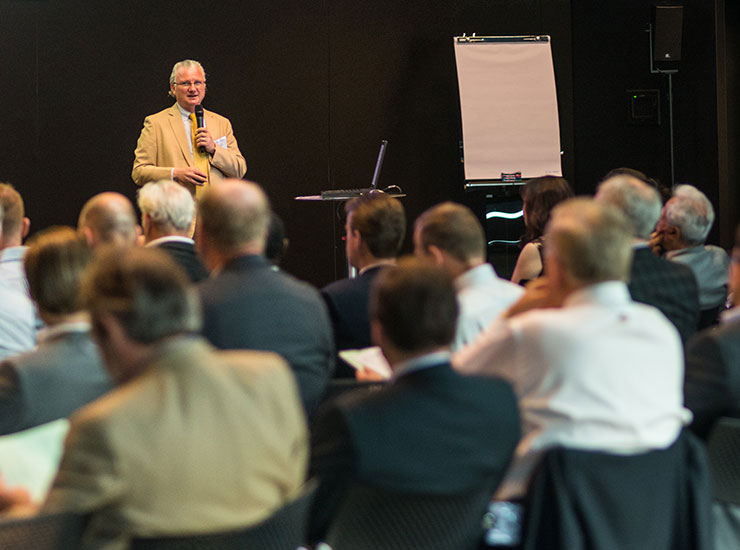Meeting & Venue Details
All times listed are central (17:00 Houston)
IADC DEC Q3 2025 Tech Forum, “Great Drilling Debate – Drilling Dynamics”
Tuesday, 7 October, 2-5pm, followed by happy hour 5-7pm
Venue: The Brass Tap, 7109 Katy-Gaston Rd Ste 1100, Richmond, TX 77406
As drilling engineers, we measure and are measured in performance. We all have applied exceptional focus to improving drilling performance, across all environments, in our own fields. This is no easy task. We work in a complex and highly variable system where the path to improvement is often defined at each step. The performance contribution of people, processes, equipment and rock can be difficult to quantify, much less improve.
Drilling performance gains come through rapid identification and elimination of limits. One measure of the energy expended removing a unit volume of rock is known as mechanical specific energy. Improvement efforts have used this measure differently to improve system performance, and there is debate about its relevance to modern drilling systems. And there are more debates around the topic of limiter redesign. Integration of systems – the BHA, drilling rig and fluid systems must align. Automation, work processes, people’s roles and competency, data, sensors…..the list is long.
Join our pub-based debate with leading experts of our industry as we explore drilling limiter redesign. Hear firsthand from key industry experts. Each has gained perspective from tremendous experiences in different organizations, supporting operations all around the world. This fun debate is intended to challenge our beliefs and will allow the audience to hear, learn, question and decide how they will advance the next generation of drilling performance.
Debate team members:
- Fred Dupriest
- Paul Pastusek
- John Macpherson
Helpful references for the debate:
IADC/SPE-212508-MS: Facts, Fallacies and Pitfalls of Using Mechanical Specific Energy (MSE) – Part 1
Robello Samuel, Halliburton; Graham Mensa-Wilmot, XCIDrill Technology
IADC/SPE-217727-MS Mechanical Specific Energy (MSE): Claims and Implications – Facts, Fallacies, and Pitfalls (Part-2)
Graham Mensa-Wilmot, XCIDRILL Technology; Robello Samuel, Halliburton
SPE/IADC-223707-MS Mechanical Specific Energy: Derivation, Understanding and Relationship to Formation Strength
John D. Macpherson, Baker Hughes, The Woodlands, Texas, USA
IADC/SPE-208777-MS Standardization of Mechanical Specific Energy Equations and Nomenclature
Fred Dupriest, Texas A&M University; Paul Pastusek, ExxonMobil Upstream Integrated Solutions Company; Stephen Lai and Bob Best, Pason Systems; Michael Behounek, Apache Corporation; Bryan Cook, National Oilwell Varco; Wendell Basarath, Contractor; Chris Cutts, K&M Technology Group; Jared Collins, Occidental; Mohammadreza Kamyab, Corva; Dennis Moore, Marathon Oil Ret; Eric Pulpan, Marathon Oil; Austin Jeske and JJ Wilson, Pioneer Natural Resources; Jamie Sheets, Ensign Energy
For more information, contact Linda Hsieh, linda.hsieh@iadc.org, +1-713-292-1945, ext 219.

IADC Drilling Engineers Committee Mission
The Drilling Engineers Committee was formed to advance new technology related to drilling wells.

